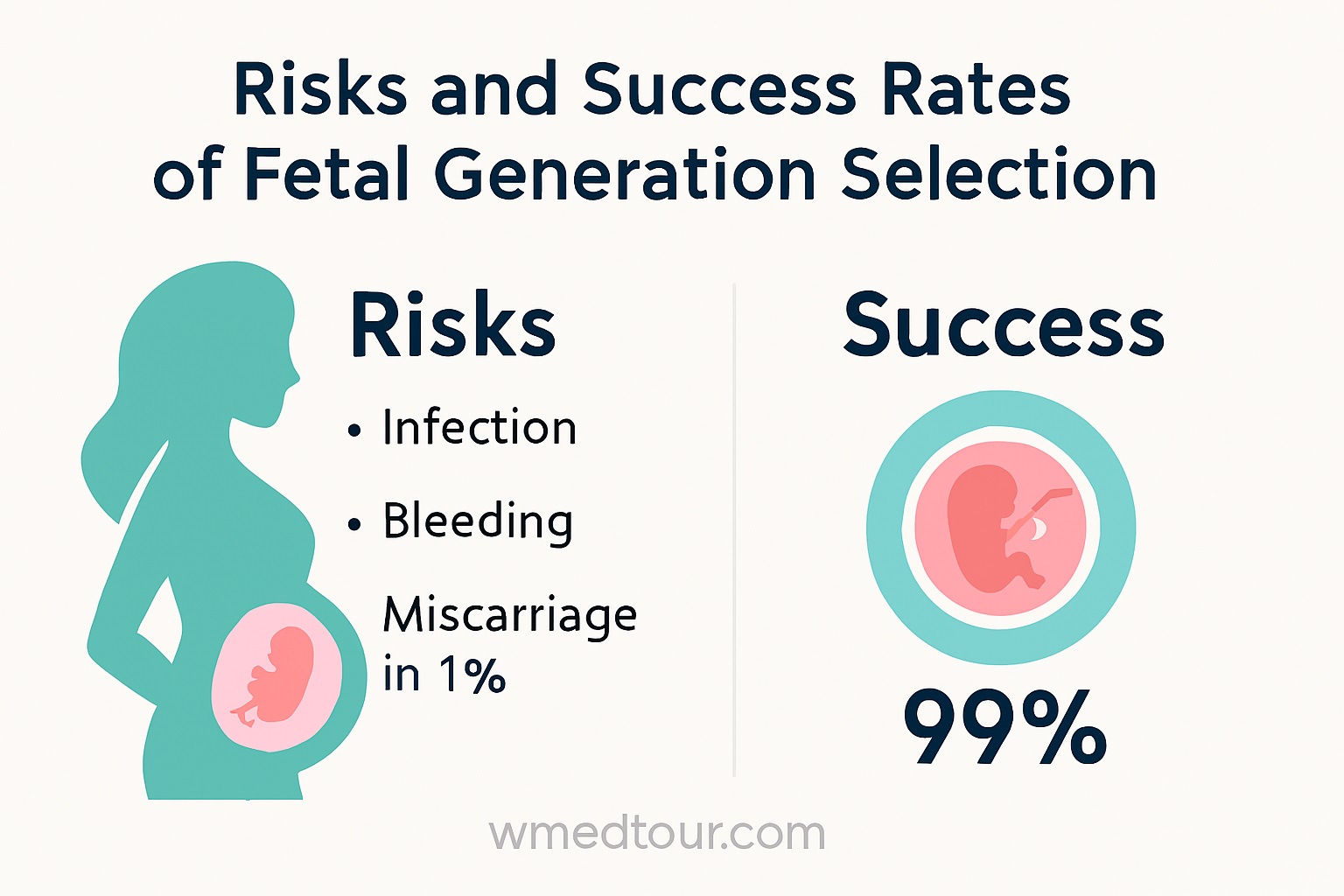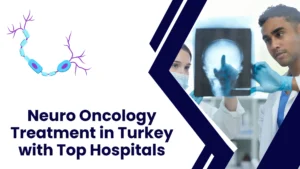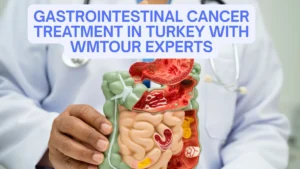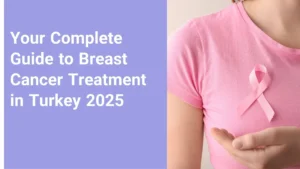Fetal Gender Selection: Risks, Success Rates & Your Options
Fetal gender selection is a decision many prospective parents consider for deeply personal reasons. It’s often for family balancing or to prevent the transmission of hereditary sex-linked disorders. While modern technology offers remarkable precision, it is vital to understand the associated risks, success rates, and ethical considerations. This comprehensive guide explores the two main methods—Preimplantation Genetic Diagnosis (PGD) and sperm sorting—breaking down their respective pros, cons, and accuracy. It also navigates the patient journey, helping you make an informed decision for your family.
The journey to parenthood is a deeply personal one, and for many, it includes considering options like sex selection. This practice, while medically advanced, raises important questions about safety, efficacy, and ethics. Understanding the true success rates and potential risks is the first step toward making a decision that is right for you. Moreover, you should always consult with a qualified fertility specialist and review reputable sources like the American Society for Reproductive Medicine (ASRM).
Understanding the Methods for Fetal Gender Selection
Two primary methods dominate the field of gender selection: Preimplantation Genetic Diagnosis (PGD) and sperm sorting. Each approach operates at a different stage of the reproductive process and presents a distinct set of success rates and risks. First and foremost, you should learn about their fundamental differences. Therefore, let’s explore each method in detail.
Preimplantation Genetic Diagnosis (PGD)
PGD is the most reliable method of fetal gender selection. It is an advanced procedure performed in conjunction with In Vitro Fertilization (IVF). During an IVF cycle, a doctor fertilizes multiple eggs in a laboratory setting to create embryos. After three to five days, when the embryos have developed into blastocysts, a specialized embryologist performs a biopsy. They carefully remove a few cells from the embryo’s outer layer, a process that does not harm the embryo. They then send these cells to a lab for genetic analysis.
The lab tests the cells for chromosomal abnormalities and, crucially, for sex chromosomes (X and Y). This testing allows the embryologist to identify the gender of each embryo with almost 100% accuracy. The doctor then transfers only the embryo of the desired sex back into the mother’s uterus, significantly increasing the chances of having a child of a specific gender. Consequently, PGD has become the gold standard for those seeking high-precision results. You can read more about the entire IVF process by reviewing our Egg Donation & IVF Process Guide.
Sperm Sorting for Sex Selection
Sperm sorting, also known by the brand name MicroSort, is a less precise method of gender selection. This technique separates sperm based on their weight and DNA content. An X chromosome, which leads to a female embryo, carries more DNA and is slightly heavier than a Y chromosome, which leads to a male embryo. Lab technicians use a machine called a flow cytometer to sort the sperm. The machine analyzes the sperm one by one and separates them into two groups.
Because of the inherent differences in size and weight, this method offers varying levels of accuracy. The success rate for selecting a female child is generally higher (around 90%) because of the larger size of the X chromosome. Conversely, the success rate for a male child is lower (around 75%) due to the smaller Y chromosome. This method is often used with intrauterine insemination (IUI) or IVF. While less accurate than PGD, it is still a viable option for many couples.
Understanding the Risks of Fetal Gender Selection
Any medical procedure carries some level of risk. When you consider gender selection, you should be fully aware of the potential health implications for both the mother and the future child. Importantly, the risks are often tied to the underlying fertility treatment, such as IVF, rather than the gender selection process itself.
Risks of PGD and IVF
The PGD procedure is a part of an IVF cycle, so its risks are the same as those associated with IVF. First, the mother must undergo hormonal stimulation to produce multiple eggs. This process carries a risk of Ovarian Hyperstimulation Syndrome (OHSS), a condition where the ovaries become swollen and painful. Secondly, the egg retrieval procedure, which is a minor surgical operation, can cause bleeding, infection, or damage to nearby organs.
Moreover, there are risks associated with the pregnancy itself. IVF pregnancies have a slightly higher risk of multiple births, preterm delivery, and low birth weight. It is also important to consider the emotional toll of the entire process, including the financial burden. The cost of these procedures can be quite high, as detailed in our IVF Price Guide. It is therefore crucial to discuss these risks thoroughly with your healthcare provider.
Risks of Sperm Sorting
The risks associated with sperm sorting are generally lower than those for PGD because the procedure is less invasive. However, sperm sorting is often used with IUI, which carries a small risk of infection and can also lead to multiple pregnancies if more than one egg is released. When sperm sorting is used in an IVF cycle, it carries the same risks as the IVF process itself, as mentioned above. Therefore, you must consider the overall procedure, not just the sorting.
A study by the World Health Organization (WHO) suggests that while these procedures are generally safe, you should proceed with caution and only with certified professionals. Additionally, review the Centers for Disease Control and Prevention (CDC) data on assisted reproductive technologies to understand broader trends and safety statistics.
Analyzing Success Rates for Gender Selection
Success rates are a key factor for anyone considering family balancing. The rate of success depends heavily on the method used. PGD offers a near-perfect success rate for gender determination, while sperm sorting provides a good, but not flawless, chance. However, the ultimate goal is a healthy baby, which depends on a successful pregnancy. Therefore, you must not confuse gender selection accuracy with pregnancy success.
PGD Success Rates
For PGD, the success rate for gender selection is close to 100%. After the embryos are tested and the gender is confirmed, the selected embryo is transferred. The pregnancy success rate, however, depends on various factors, including the age of the patient, the quality of the embryos, and the health of the uterus. For this reason, the overall success rate of an IVF cycle with PGD can vary widely. It’s always best to consult with a fertility expert to understand your specific chances. Find a qualified specialist in our Doctor Directory.
Sperm Sorting Success Rates
Sperm sorting has a lower accuracy rate for gender determination. The success rate is approximately 90% for a female child and 75% for a male child. While these numbers are lower than PGD, they still offer a significant statistical advantage over natural conception (50/50). The overall pregnancy rate with sperm sorting depends on whether it is used for IUI or IVF.
Considering the costs of these treatments is also a part of the decision-making process. For a complete financial breakdown, explore our guide on ICSI Treatment Costs, as ICSI is often part of the IVF process.
Comparison Table: PGD vs. Sperm Sorting
| Feature | Preimplantation Genetic Diagnosis (PGD) | Sperm Sorting (MicroSort) |
|---|---|---|
| Accuracy for Gender Selection | Near 100% | ~90% for female, ~75% for male |
| Associated Procedure | In Vitro Fertilization (IVF) | Intrauterine Insemination (IUI) or IVF |
| Invasiveness | More invasive (requires egg retrieval and embryo biopsy) | Less invasive (sperm sorting only) |
| Additional Benefits | Screens for chromosomal abnormalities and genetic diseases. | Does not offer additional genetic screening. |
| Primary Risks | Associated with IVF (OHSS, infection, multiple births) | Lower risks, mainly associated with IUI or IVF. |
A Patient’s Journey: The Story of Sarah and Mark
Sarah and Mark, a couple from Toronto, always dreamed of having a daughter. After having two sons naturally, they felt their family was complete but longed for a girl. Following a recommendation, they researched fetal gender selection and decided to explore PGD with IVF.
During the consultation, their doctor explained all the steps, including the risks and success rates. They proceeded with the IVF cycle, and the process went smoothly. The clinic retrieved twelve eggs, and eight of them were successfully fertilized. The embryologist then performed the biopsy, and the results showed three healthy female embryos.
The doctor transferred one of the embryos, and a few weeks later, they received the wonderful news: Sarah was pregnant. Nine months later, they welcomed a beautiful, healthy baby girl named Lily. For Sarah and Mark, the journey was emotional and financially demanding, but they felt it was worth it.
Who Is This Guide For?
This guide is for anyone considering their options for family balancing. It is particularly useful for:
- Couples with a family balancing preference: If you already have children of one gender and wish for a child of the opposite gender.
- Individuals with a risk of sex-linked genetic diseases: Couples who want to prevent passing on conditions like hemophilia or Duchenne muscular dystrophy. For more information, you can find a suitable doctor by checking our Doctor Profile.
- Anyone seeking to understand the science: This guide provides a clear overview of the medical and ethical landscape.
We believe that understanding the full picture is the best way to make a decision. Therefore, we encourage you to use this information as a starting point for your own research and discussion with medical professionals. For more general health and wellness information, feel free to visit our Checkup Department page. Additionally, you may find our article on Fetal Gender Selection Ethics helpful.
Frequently Asked Questions (FAQ) About Gender Selection
Q: Is gender selection legal everywhere?
A: No, the legality of fetal gender selection varies widely by country. Many nations have strict regulations or outright bans on the practice, especially for non-medical reasons. This is why medical tourism has become a popular option for many couples.
Q: How does the cost of PGD compare to sperm sorting?
A: PGD is significantly more expensive than sperm sorting because it requires a full IVF cycle, which includes egg retrieval and embryo testing. The cost of sperm sorting is lower as it is less complex.
Q: Can gender selection guarantee a baby of a specific gender?
A: PGD offers near 100% accuracy in gender determination. Sperm sorting, however, has a success rate of 75-90%, depending on the desired gender. While the chances are high, a guarantee is never possible.
Q: Are there any ethical guidelines for gender selection?
A: Yes. Many medical societies, like the American College of Obstetricians and Gynecologists (ACOG), have issued ethical opinions on the practice. They generally support it for medical reasons but debate its use for non-medical reasons.
Q: What are the risks to the baby from PGD?
A: Studies from sources like the National Institutes of Health (NIH) suggest that PGD is safe for the embryo and does not increase the risk of birth defects. The risks are primarily associated with the IVF procedure itself.
Q: How long does the PGD process take?
A: The PGD process is part of a standard IVF cycle. The entire process from initial consultation to embryo transfer can take several weeks to a few months.
Q: What is the emotional toll of gender selection?
A: The emotional journey can be challenging. Couples often deal with stress, anxiety, and the pressure of a successful outcome. It is essential to have a strong support system and open communication with your partner and medical team. You can find more advice on our FAQ page.
Q: Can I combine these methods?
A: Sperm sorting can be used before IVF to increase the number of sperm of the desired gender, which can then be used in an IVF cycle with PGD. This approach maximizes the chances of success. Explore more on our Pre-Conception Gender Selection Guide.
Q: Is gender selection for family balancing considered elective?
A: Yes, most of the medical community considers fetal gender selection for family balancing an elective procedure. This means it is not medically necessary and is often not covered by insurance. For more on this, visit our Iran medical tourism page.
Q: What are the main ethical concerns with this procedure?
A: The main concerns include the potential for gender bias, the commercialization of reproduction, and the fear that it could lead to the selection of other non-medical traits. For an in-depth look, see our Ethics Guide.
Q: How is sperm sorting done?
A: A flow cytometer machine separates sperm based on their DNA content. Sperm with a larger X chromosome absorb more fluorescent dye and are detected and sorted separately from sperm with a smaller Y chromosome. For more about this, check out our article on Gender Selection Methods.
Q: Is there an age limit for a woman considering PGD?
A: While there is no official age limit, a woman’s age is a significant factor in IVF success rates. Generally, the younger a woman is, the higher her chances of a successful pregnancy are. Consult with a specialist to discuss your options. You can find clinics like Evita Clinic on our site.
Q: Can PGD be used to screen for other genetic issues?
A: Yes, PGD is primarily used to screen for genetic diseases and chromosomal abnormalities. Gender selection is a secondary benefit. Find a specialist like Dr. Manu Sharma for more information.
Q: How long does the recovery from egg retrieval take?
A: Most women feel back to normal within a day or two after egg retrieval. Some may experience mild bloating, cramping, or spotting. You can learn more about the recovery process on a reputable health site like WebMD.
Q: Do clinics offer counseling for gender selection?
A: Many reputable clinics offer counseling services to help couples navigate the emotional and ethical complexities of fetal gender selection. This is an important part of the process.
Q: What is the main benefit of PGD over sperm sorting?
A: The main benefit of PGD is its near-perfect accuracy in gender selection and its ability to screen for genetic diseases at the same time.
Q: Is it possible to travel for these procedures?
A: Yes, medical tourism is common for these procedures, especially in countries where they are legal. You must research a country’s regulations and the reputation of the clinic you choose. Our page on Rhinoplasty in Iran shows how these kinds of packages work.
Q: What is the success rate of IVF with PGD?
A: The success rate of an IVF cycle with PGD varies. On average, it ranges from 30-50% per cycle, depending on age and other health factors. Find out more at the Mayo Clinic.
Q: Are there any non-invasive methods?
A: No scientifically proven non-invasive methods exist. Methods like diet, timing intercourse, or using specific supplements are not medically supported and only have a 50% chance of success.
Q: Where can I get more information?
A: For more insights on the legal landscape of reproductive tourism, the American College of Obstetricians and Gynecologists (ACOG) offers a detailed ethics opinion on the topic. For general medical information, you can always check with the World Health Organization (WHO).
Your Next Steps: A Clear Call to Action
Navigating the world of fetal gender selection can feel overwhelming. We understand the complexities and are here to help. Whether you are seeking expert medical advice, a second opinion, or simply have more questions, our team is ready to assist you on your journey. We connect you with top-tier clinics and medical professionals who can provide a personalized plan tailored to your needs.




